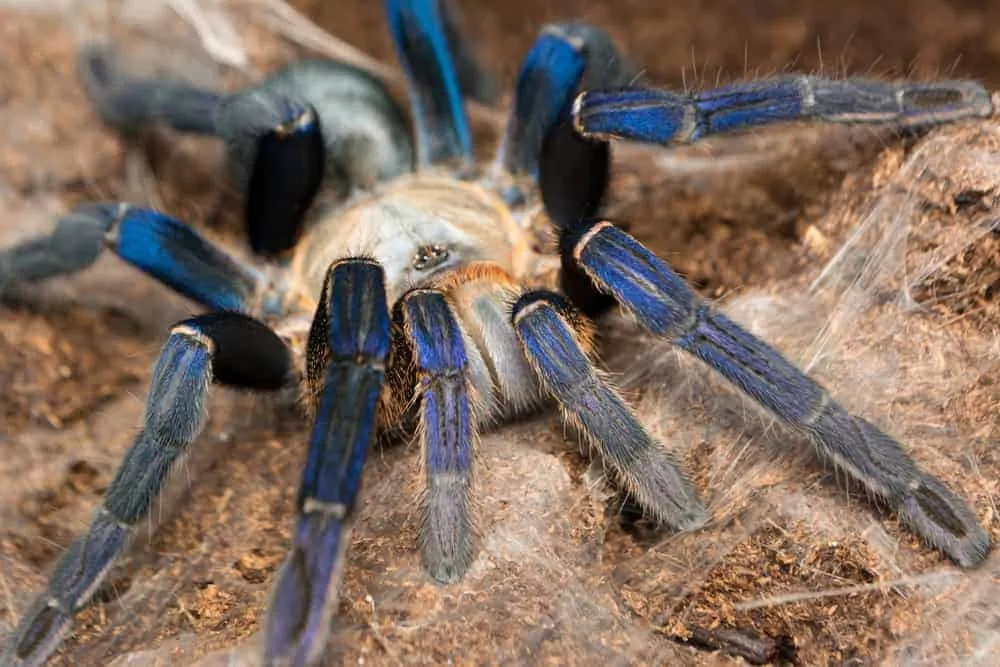What is Molting
Molting is a fundamental biological process for arthropods, including tarantulas. It’s the way they grow and shed their old exoskeletons, revealing a new, larger one underneath. This intricate process is crucial for the survival and development of Cobalt Blue Tarantulas, as their hard outer shell, or exoskeleton, doesn’t grow. Understanding molting is key to providing proper care and ensuring the well-being of your pet tarantula. It’s a fascinating glimpse into the life cycle of these captivating creatures and a testament to their unique biology. The frequency of molting decreases as the tarantula matures, with juveniles molting several times a year, while adults might molt only once a year or even less often.
Why Cobalt Blue Tarantulas Molt
Cobalt Blue Tarantulas, like all arthropods, have an exoskeleton that serves as protection and structural support. However, this exoskeleton is inflexible and cannot expand to accommodate growth. As the tarantula grows, it needs to shed this outer layer and replace it with a new, larger one. Molting allows the tarantula to increase in size, regenerate lost limbs, and replace damaged parts. It’s a necessary process for their continued development and survival in their environment. The process allows for regeneration of limbs, which is a vital part of their survival. When a leg is lost, the new exoskeleton will include a new leg, this amazing biological response enables the tarantula to survive attacks and navigate its environment. The exoskeleton also gets worn down, and molting is a way to refresh the body.
Understanding the Exoskeleton
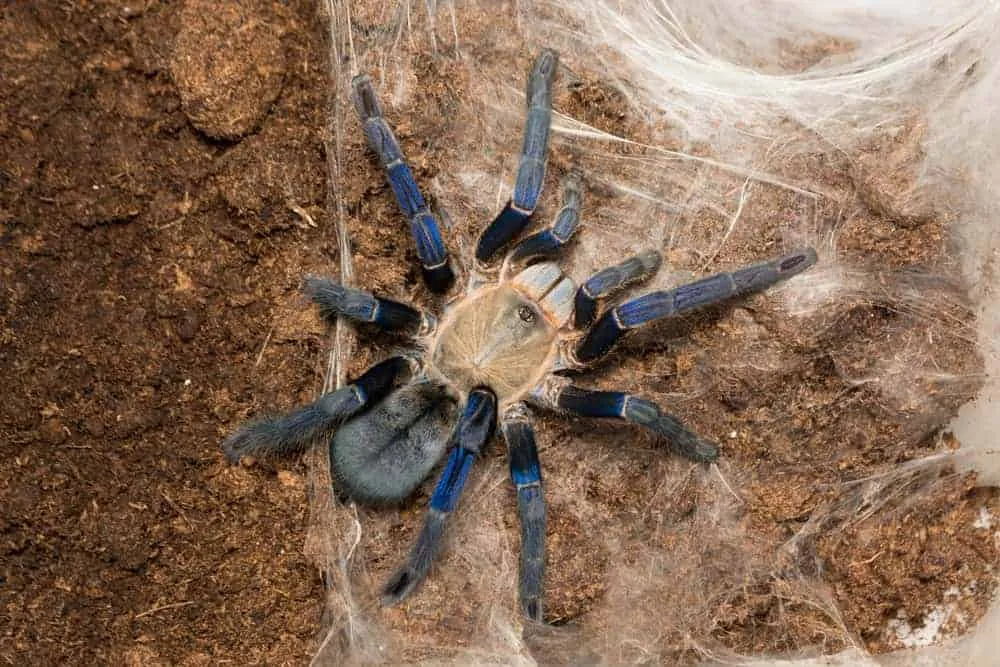
The exoskeleton is a tough, protective outer layer primarily composed of chitin, a complex carbohydrate. This shell provides structural support, protects against predators, and prevents water loss. However, because it’s rigid, it limits the tarantula’s growth. The exoskeleton also has sensory structures, like tiny hairs that can detect vibrations and changes in the environment. Before molting, the tarantula begins to create a new exoskeleton underneath the old one. This new layer is soft and pliable initially, allowing the tarantula to expand slightly after shedding the old shell. The old exoskeleton is cast off in a single piece, revealing the new, larger tarantula inside.
The Molting Process
The molting process is a complex series of events, starting with pre-molting signs and culminating in the shedding of the old exoskeleton. It’s a vulnerable time for the tarantula, and understanding the stages can help you provide the best possible care. The tarantula will prepare for this by ceasing to eat, and seeking a safe location where it will not be disturbed. This process can take a few weeks, or even months, depending on the age of the tarantula. During this time, the tarantula will be very vulnerable, and any environmental stress can greatly impact its chances of successful molting.
Pre-Molting Signs
Recognizing the signs of an impending molt is crucial for providing appropriate care. These signs can vary, but being aware of them will help you ensure your Cobalt Blue Tarantula’s well-being. You can take several steps to minimize stress, providing the perfect environment to increase the chances of a successful molt. This period of time usually lasts a couple of weeks, sometimes even months, giving you plenty of time to prepare.
Behavioral Changes
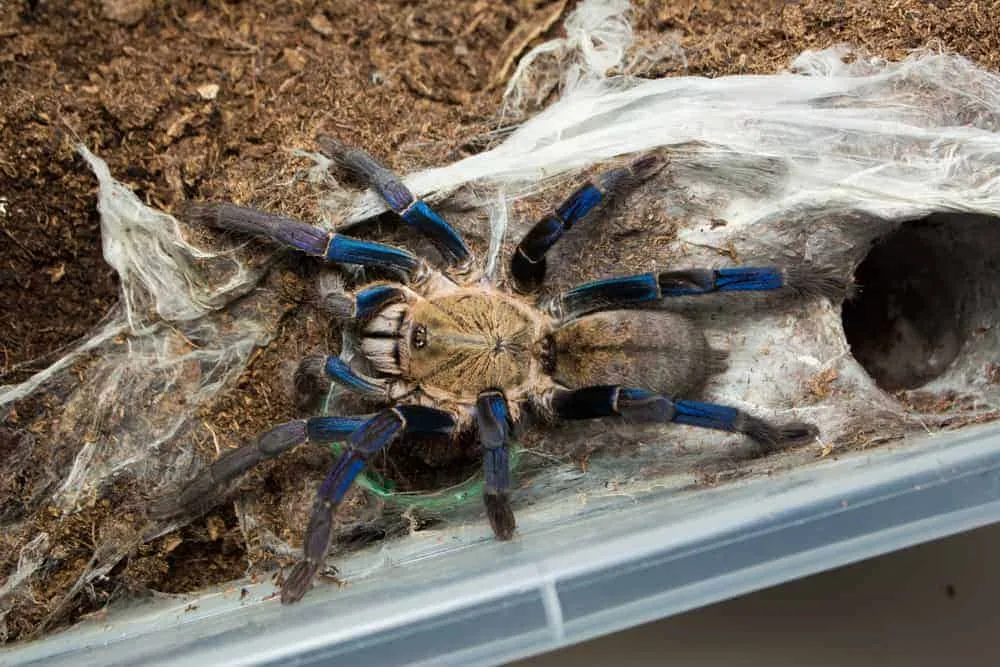
One of the first signs is a change in the tarantula’s behavior. They may become less active, spending more time in their hide. They might refuse food, even if they are usually voracious eaters. This is a natural response as they conserve energy for the molting process. They may also become more defensive or reclusive, seeking a safe and undisturbed environment. It’s essential to avoid handling or disturbing them during this time.
Physical Indicators
Physical changes are also apparent. The tarantula’s abdomen may appear darker or duller, and the skin between the segments of the legs and body will become more translucent. You might also notice the bald spot on the abdomen, if present, darkening. The tarantula may appear sluggish, and their movements will be slower. In some cases, you can see the new exoskeleton forming underneath the old one, which is a clear indicator that the molt is imminent. Be careful not to disturb them, as these are critical moments.
The Molting Itself
The actual molting process can take anywhere from a few minutes to several hours, depending on the size and age of the tarantula. The tarantula will typically lie on its back, and the exoskeleton will split open, usually along the carapace (the top shell). The tarantula will then slowly wriggle out of its old skin, leaving behind a complete, albeit empty, shell. It’s a remarkable sight to behold. They will work themselves out from the old exoskeleton, leaving behind a complete replica of itself. It’s important to resist the urge to interfere during this process, as any disturbance could be fatal. They are very vulnerable during this time.
Post-Molting
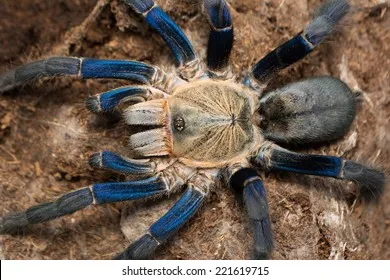
After molting, the tarantula will be very vulnerable. Its new exoskeleton is soft and pliable, and it will take several days or even weeks to harden fully. During this time, the tarantula is susceptible to injury, so it is crucial to avoid any disturbance. The tarantula’s colors will be more vibrant, and its appearance will be fresh and new. The tarantula will often stay in a safe spot, away from disturbances, to allow the hardening process to run its course. It’s a good time to check on the tarantula, ensuring it has fresh water and a clean environment.
Caring for Your Molting Cobalt Blue Tarantula
Providing the right environment is essential for a successful molt. Minimize any potential stress. The key to keeping your tarantula healthy during this process is to make the environment as comfortable and safe as possible. This will increase its chances of a successful molt. Take extra care during this period, as any disturbance could jeopardize the process. Be mindful of the light and sounds, so your tarantula feels as safe as possible.
Providing the Right Environment
The enclosure should be clean and free of any objects that could injure the tarantula during the molting process. Remove any uneaten food or water dishes that might be in the way. Make sure the substrate is appropriate for burrowing, as Cobalt Blue Tarantulas like to create burrows for shelter. Keep the enclosure in a quiet, dimly lit area to minimize stress. The enclosure should be large enough for the tarantula to stretch out, but not so large that it feels exposed.
Humidity and Temperature
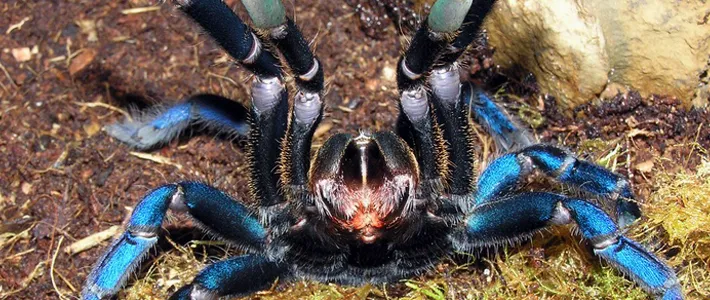
Maintaining the correct humidity and temperature is crucial. Cobalt Blue Tarantulas thrive in a relatively humid environment, so keep the humidity levels appropriate for their species. You can achieve this by misting the enclosure regularly. Ensure the temperature is within the ideal range for Cobalt Blue Tarantulas. Avoid extreme temperature fluctuations, as these can stress the tarantula. Use a hygrometer to monitor humidity and a thermometer to monitor temperature to ensure the environment is suitable.
Avoiding Disturbances
Avoid any unnecessary disturbances during the molting process. Do not handle the tarantula, and minimize any vibrations or loud noises near the enclosure. This is a very sensitive time, and any stress could interrupt the process or even be fatal. Refrain from cleaning the enclosure during the molt, unless absolutely necessary. If you must clean the enclosure, do so very carefully and gently, minimizing any disruptions. It’s best to observe from a distance and allow the tarantula to molt undisturbed.
Feeding Your Tarantula After Molting
Once the molting process is complete and the new exoskeleton has hardened, you can resume feeding. However, it’s important to do so gradually. Don’t rush into feeding. The timing is crucial for the health of your tarantula.
When to Start Feeding Again
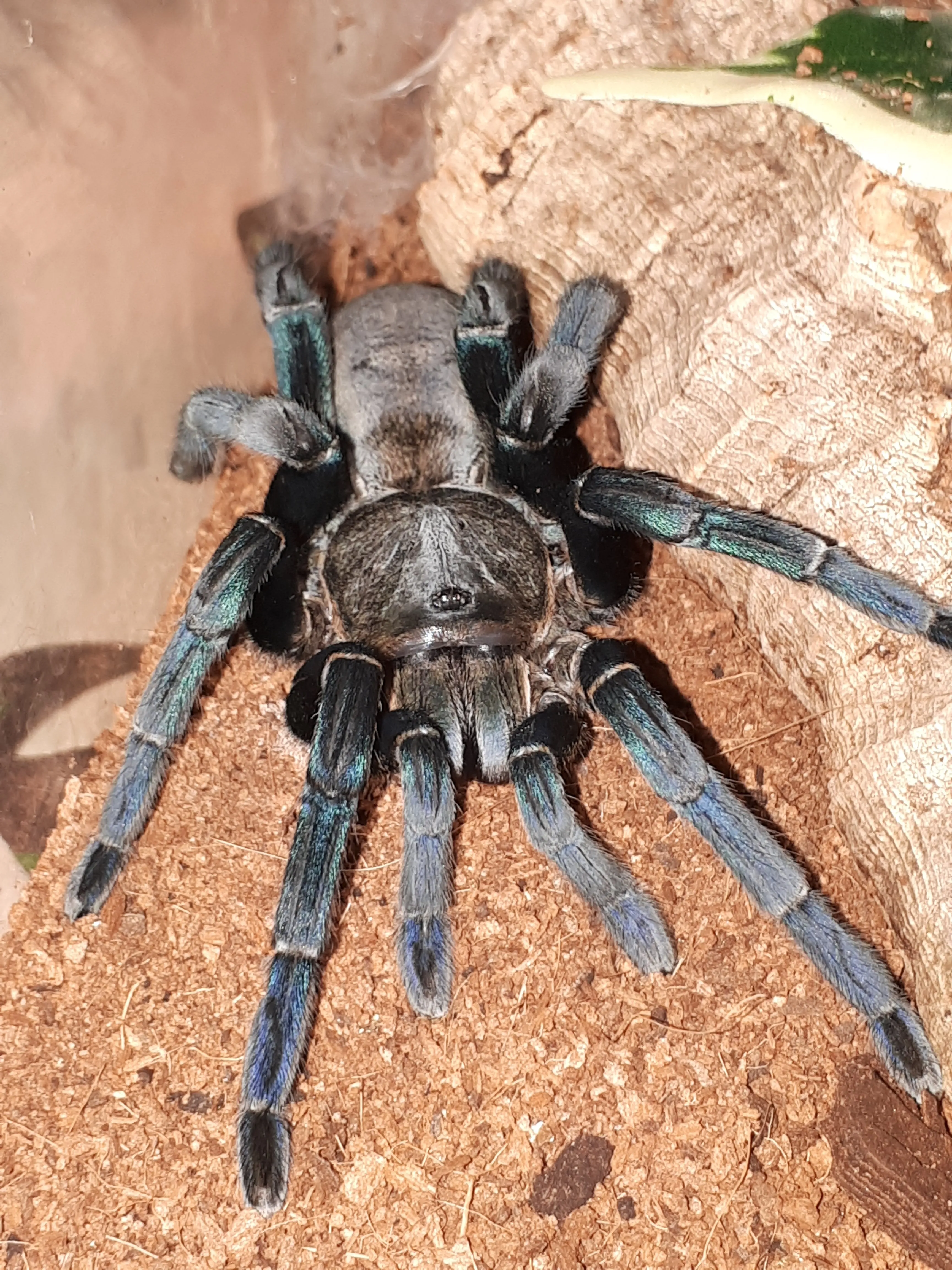
Wait at least a week after the molt before offering food. This allows the exoskeleton to harden fully, reducing the risk of injury. You’ll know the exoskeleton is ready when it feels firm to the touch. After this period, you may resume feeding your tarantula again, gradually, starting with smaller meals and working up to their usual food size.
What to Feed
Offer appropriately sized insects. Crickets, roaches, and mealworms are all suitable options. Be sure to gut-load the insects before feeding them to your tarantula to provide them with extra nutrients. The size of the prey should be appropriate for the size of your tarantula, ensuring it can be easily consumed. Always remove any uneaten food after 24 hours to prevent mold growth and keep the enclosure clean. Fresh water should always be available, especially after molting.
Troubleshooting Molting Problems
While molting is a natural process, sometimes complications can arise. Being aware of potential issues will help you respond appropriately. Some common problems include stuck molts and dehydration. Knowing the causes and solutions for these problems can help prevent fatalities.
Stuck Molts
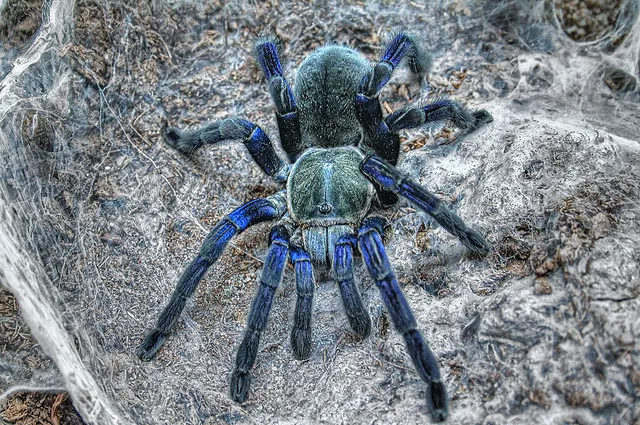
A stuck molt occurs when the tarantula is unable to completely shed its old exoskeleton. This can be caused by a variety of factors, including low humidity, inadequate substrate, or underlying health issues. If you notice a stuck molt, you might need to assist the tarantula. You can try gently misting the area around the tarantula to increase humidity and help loosen the old skin. However, avoid pulling on the exoskeleton, as this could cause serious injury. In severe cases, seek advice from an experienced tarantula keeper or veterinarian.
Dehydration
Dehydration can be a serious problem, especially during the molting process. A dehydrated tarantula may have trouble molting and may become stuck in its old exoskeleton. Providing fresh water at all times is essential. If you suspect your tarantula is dehydrated, you can try misting the enclosure to increase humidity, but ensure proper ventilation to prevent mold growth. If the tarantula is severely dehydrated, you may need to provide fluids directly. Always make sure to keep the water source clean, and available, to help reduce the chances of dehydration, and increase the chances of a successful molt.
Conclusion
Molting is an amazing and crucial process for Cobalt Blue Tarantulas, allowing for growth, regeneration, and overall well-being. By understanding the stages of molting, providing the right environment, and addressing potential problems, you can ensure your pet tarantula has a healthy and successful molt. It’s an exciting and rewarding experience to witness this transformation. Always remember to observe and provide the best care possible. With patience, knowledge, and care, you can enjoy the fascinating life cycle of these amazing creatures. The more you know about your tarantula, the better you’ll be at providing it with the life it deserves.
